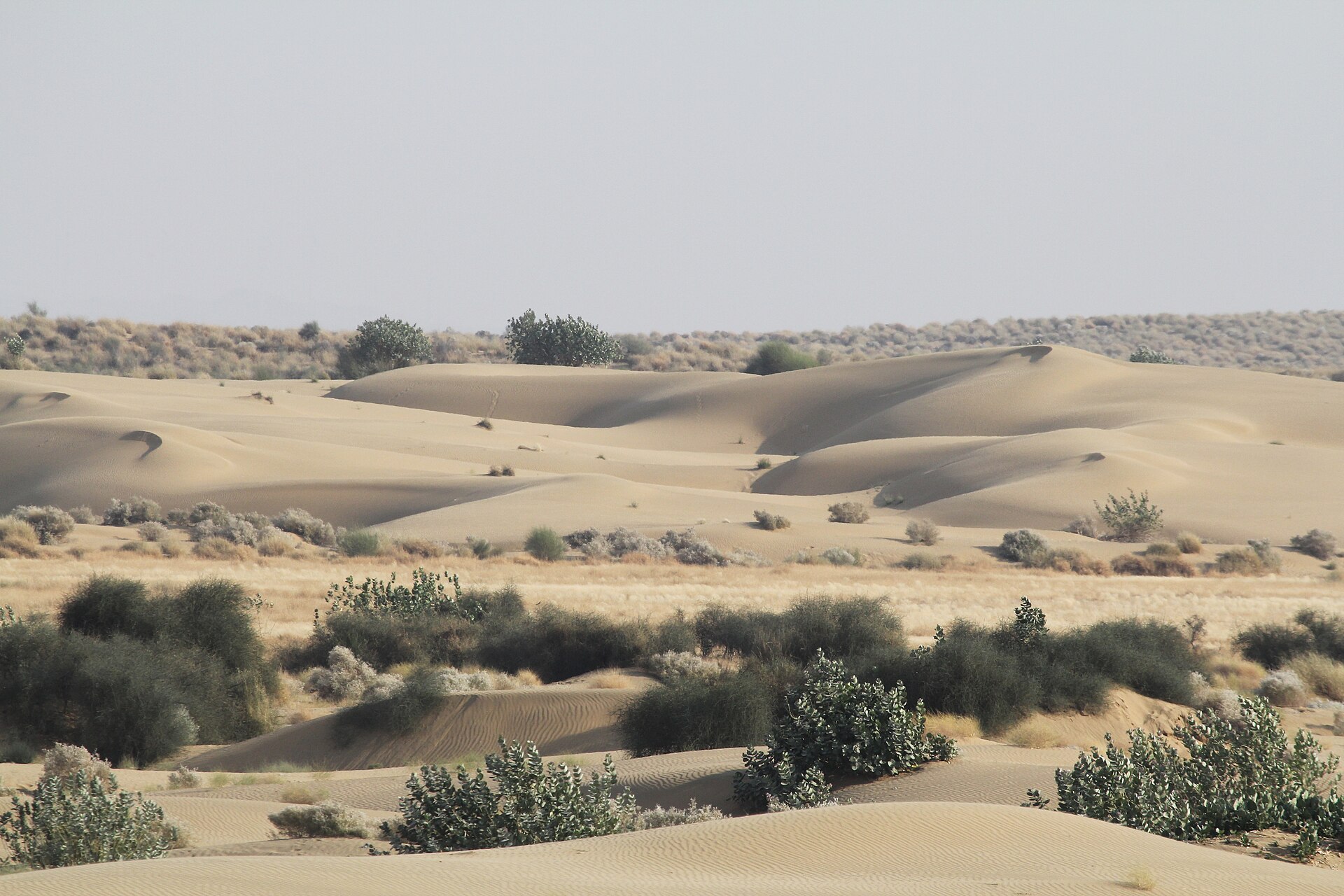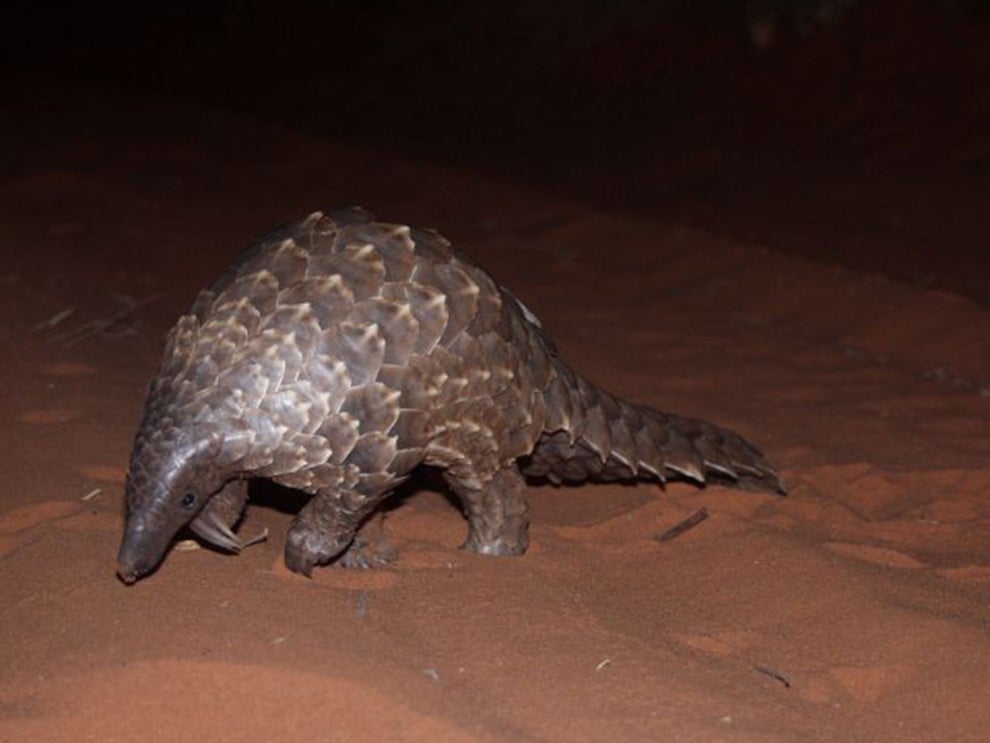 |
Tasmanian devil
|
The
Tasmanian devil is aptly named for its homeland, which is the island of
Tasmania off the coast of Australia. But what many people don't know is that this ferocious
marsupial once inhabited mainland Australia 3,000 years ago. While the cause of its disappearance on the mainland is a mystery, it is widely believed that
dingoes were responsible for wiping out these predatory marsupials. As a result, majority of surviving devils remained on Tasmania from where they got their name. But now, in a major historic step, a group of 26 devils were released on the mainland marking the species' return after 3,000 years of extinction. The animals were released in a 1,000-acre sanctuary at
Barrington Tops approximately three and a half hours north of
Sydney. Behind the reintroduction is a project known as
Aussie Ark. Its president, Tim Faulkner, stated that the releases were made in July and September. He further added that an "insurance population" would be established in response to a contagious
facial tumor disease, which first struck the Tasmanian population in the mid-1990s. The disease decimated the devil population from around 150,000 animals to fewer than 25,000. The reintroduction is also aimed at controlling the
fox and
feral cat population in the area. The project has also planned to bring forty more devils into the sanctuary over the next two years. The animals will initially be placed in a fenced area for breeding purposes. They will then be released into the wild and closely monitored to see how well they contend with other wildlife and various environmental factors such as bushfires.
 |
A young Tasmanian devil being handfed
|
I find it very amazing that Tasmanian devils are making a comeback to mainland Australia after 3,000 years of disappearance. People have long believed that these carnivorous marsupials are only found on Tasmania through nature shows, books, and even the loveable
cartoon character. However, this news brings in light that the devils in fact did inhabit the mainland. Their disappearance is thought to have been attributed to the dingoes, but this is one of many theories made to understand their extinction. Another theory states that hunting and land clearance by
Aborigines led to the demise of the devils. Others suggest the extinction was caused by climate change from the most recent ice age and increased aridity. But regardless of which theory is accurate, what is clear is that the reintroduction of the Tasmanian devil is crucial for Australia's ecosystems.
 |
A Tasmanian devil in its natural habitat.
|
Ever since the Tasmanian devil became extinct on the Australian mainland, the forests of New South Wales underwent major ecological changes. These changes were a result of introduction of foxes and cats in the region. These
invasive species have been roaming Australia since they were brought to the country by British colonials. For decades, they have been preying on the native wildlife and responsible for extinction of some species. Feral cats have even been hampering attempts to reintroduce threatened species into areas where they had become extinct. Despite measurements implemented, there has been no major change in slowing down the cat and fox populations especially in areas free of predators like dingoes and
wedge-tailed eagles. But now with the reintroduction of Tasmanian devils, it looks like there might be a game changer on the horizon. Armed with jaws eight times more powerful than a
Doberman, they could easily stand up against a cat or a fox. I hope this will give conservationists an edge in curbing Australia's invasive species situation.
 |
Chris Hemsworth and his wife Elsa Pataky helping release Tasmanian devils in a sanctuary outside Sydney.
|
In my opinion, reintroducing the Tasmanian devil back to its former mainland stronghold is not only beneficial but also crucial. Its former habitat has continuously been threatened by foxes and feral cats and controlling their populations is essential for the benefit of Australia's wildlife. In addition to that, this marsupial has been suffering from an untreatable facial tumor disease on its current island homeland. By establishing an insurance population, I think this would help separate uninfected devils from infected ones in Australia. This way, the disease-free devil population can increase on the mainland. I also think it is important to assess the dingo population in southeastern Australia before releasing any introduced devils into the wild. Even though there is a 1,553-mile long
fence designed to keep dingoes out of the region, it is necessary to inspect it for any evidence of these hardy dogs crossing in and back. Any damage in the form of holes or anything allowing the dogs access through the fence should be fixed. And if there is presence of dingoes in southeastern Australia, they should be captured and released outside the region. What struck me about this news is that the project received help from the star of
Marvel's Thor Chris Hemsworth and his wife, fellow actress
Elsa Pataky. Both of them helped release some of these devils into the sanctuary. This to me goes to show that famous celebrities are aware of the world's conservation issues and are lending their support by any means. I believe that when famous celebrities lend their support to such causes, it should be taken as an inspiration by ordinary people to follow suit and work towards making change for the better. This especially applies in present day when the natural world is fading and the evidence is all around us and staring in our faces.
%20(1).jpg.webp?itok=w8T9z-1x)






:format(webp)/cdn.vox-cdn.com/uploads/chorus_image/image/67750128/1184377894.0.jpg)

_C._l._youngi_mod.jpg)


























